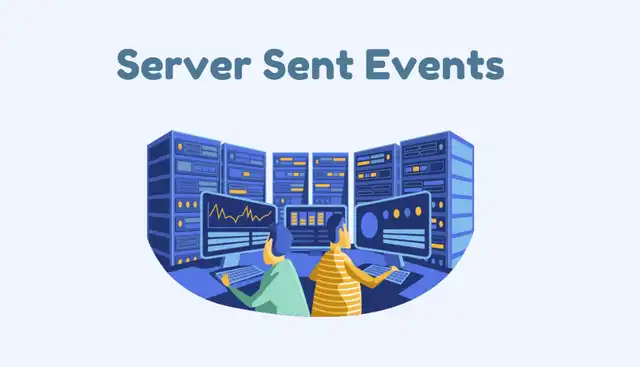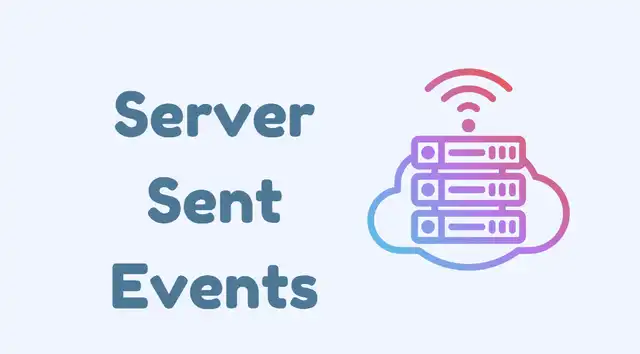Server sent events are a great way to keep your web application running smoothly. They allow you to track the progress of various tasks without having to use extra code or worry about the consequences of missed updates. In this blog post, we’ll explain how server sent events work and what benefits they offer. We’ll also show you how to use them in your own web applications.
What is server sent events?
Server sent events is an HTTP response header that enables a web server to send notifications to clients about changes in its state or the state of resources it manages. When used with HTML5, server sent events can be used to notify a client about important changes such as: page load, page transition, FORM submissions, and Ajax interactions.
Server sent events works by sending data asynchronously through the network using the postMessage() method of XMLHttpRequest objects. This means that unlike other forms of communication where one party always initiates contact (e-mail being an obvious example), server sent events allows two or more different applications running on separate machines to communicate with each other without needing any third-party intermediaries like WebSockets.
The opening up of this API has led to a surge in AJAX usage because now developers have access not only to event data but also round-the-clock monitoring capabilities for all sorts of application states and resource utilization metrics. As we move towards more progressive web apps and continue developing our internet infrastructure,server sent events will become even more valuable for both customers and businesses

How server sent events works
Server sent events work a lot like email. You send an event from the server to the browser, and then when somebody views that event, it’s sent as a notification to their device.
Server sent events can be used to send notifications about errors, updates, or anything else that happens on the server. They are perfect for sending messages to multiple users at once so everybody stays up-to-date with what’s happening on your site.
To use server sent events in your web application, you first need to add a listener for them in your Web Application Manifest file:
After you add this listener, all you have to do is call SendEvent() whenever you want to send an event from the server:
//Send an error message ServerSentEvents . publish ( “error” , { message : “There was an error!” }); //Send some information ServerSentEvents . publish ( “info” , { title : “Hello world!” , content : “This is some text.” }); //Sending notifications across many users simultaneously ServerSentEvents . publish ( ‘notification’ , { target : [ ‘users1’ ], properties : { alertText : ‘Invitation!’ } });
What are the benefits of using server sent events?
Server sent events are a technology that helps to improve the user experience in web applications. They allow you to send data directly from the server to the client, without needing to go through the browser. This can reduce the load on the web server and make it faster for pages to be displayed. Server sent events can also be used for sending notifications, which can help keep users informed about important changes or updates.
There are many reasons why you might want to use server sent events in your web application. If you’re struggling with high traffic loads or slow page loading times, server sent events could help by reducing the amount of data being transferred between your website and clients. They can also help speed up how quickly information is delivered to users, making them more responsive and engaging experiences overall..
How to use server sent events in your web application
Server sent events are a way to send notifications, track user activity, and more to users in your web application. They work by sending messages from the server to the browser. This means that you don’t need any special code or plugins on the user’s side.
Server sent events can be used to send notifications to users. For example, you might use them to notify users of updates or changes in their account status. Server sent events can also be used as a way of asking questions and gathering feedback from users. For instance, you could use them to ask for reviews before an event begins or after it ends.
Server sent events can be used to track user activity. This is useful if you wantto know how many people are currently viewing a particular page, what they’re clicking on, and so on.. Server sent events can also be helpful when tracking custom interactions such as signups or lead submission forms.. Server Sent Events give developers unprecedented levels of insight into how their web applications are being used which allows for improved decision making about design patterns and technical enhancements
Conclusion
Server sent events are a powerful communication tool that can be used in your web application to improve the user experience. They work by sending messages to an event publisher whenever something important happens, thus keeping your users up-to-date on whatever’s going on. Additionally, server sent events have many benefits, including improved security and faster response times. Now that you know how they work and what their benefits are, it’s time to put them to use in your next project!



